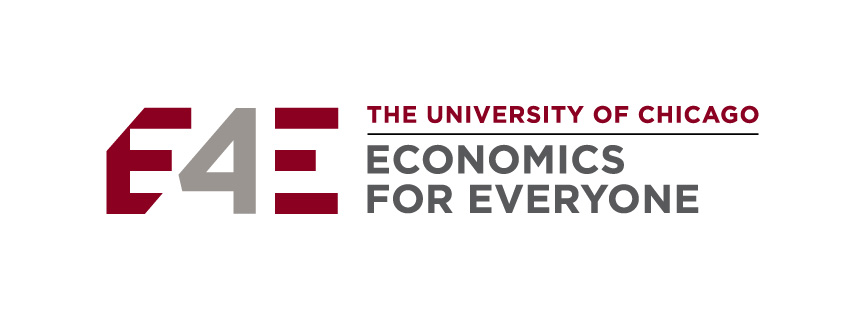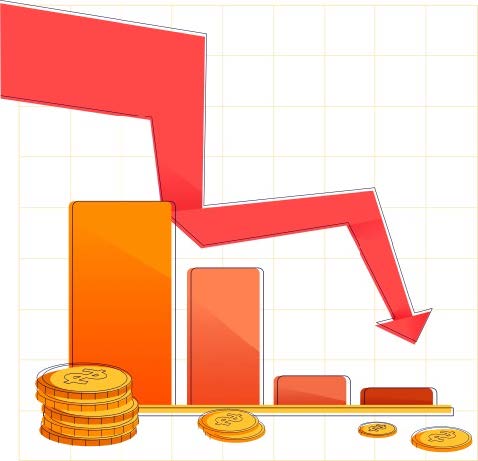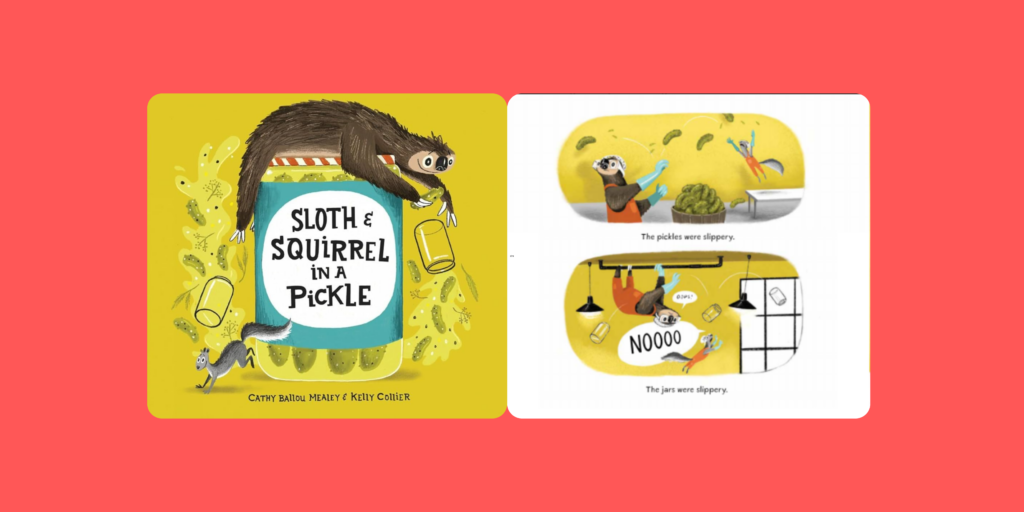
Grades 9-12

Don't have an account yet? Sign up for free
Don't have an account yet? Sign up for free

To explore the concept that people invest in themselves through education, the students work in two groups and participate in a mathematics game. Both groups are assigned mathematics problems to solve. One group is told about a special technique for solving the problems. The other group is not. The game helps the students recognize that improved human capital allows people to produce more in a given amount of time—in this example, more correct answers in the time provided, or in less time. Next, the students identify the human capital required for a variety of jobs. Finally, they learn about the connections among investment in human capital, careers, and earning potential.
Investment takes many forms. One form is the development of human capital—the knowledge, skills, health, and values that individuals possess. People develop their human capital through formal and informal education. To obtain education, people give up something in the short run (time, effort, and money, for example) in order to gain larger returns (a good job, for example) in the future. This sort of exchange—giving up something now in order to realize gains later—is the essence of investment behavior, whether it involves putting money into a mutual fund or putting resources into education.
This lesson was originally published in CEE’s Learning, Earning and Investing for a New Generation, which introduces students to the world of personal finance through 21 lessons that provide active learning experiences to help students master the basics of investing. Visit https://store.councilforeconed.org/ for more information on the publication and how to purchase it.
Review the important points of the lesson by asking the following questions:

Grades 9-12

Grades 9-12

Grades 9-12

Grades K-2, 3-5
